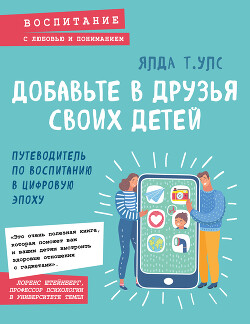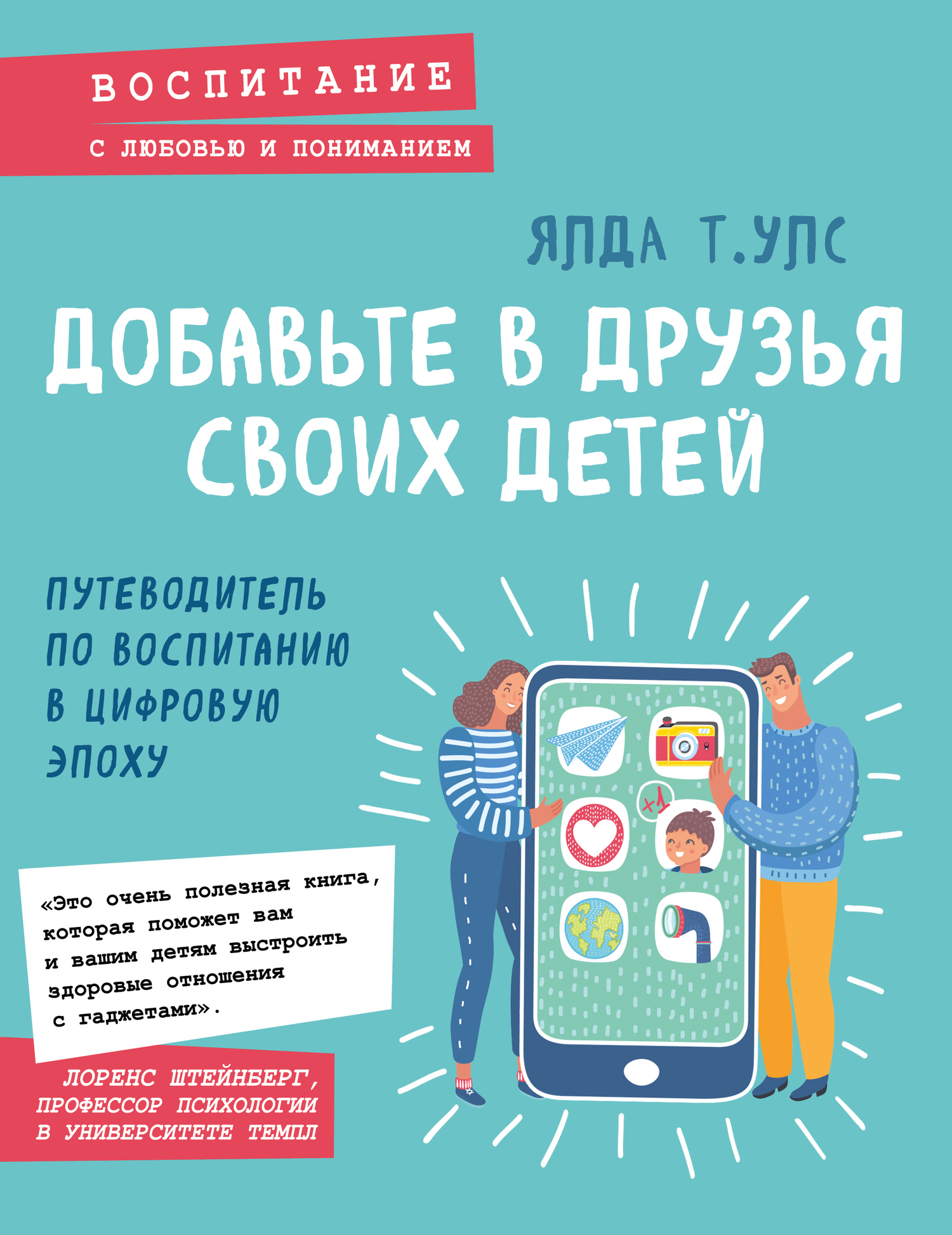3. A. Nadkarni and S.G. Hofmann, “Why Do People Use Facebook?,” Personality and Individual Differences 52 (2012): 243-49.
4. G.M. Chen, “Tweet This: A Uses and Gratifications Perspective on How Active Twitter Use Gratifies a Need to Connect with Others,” Computers in Human Behavior 27 (2011).
5. R. I. Dunbar, A. Marriot, and N. D. C. Duncan, “Human Conversational Behavior,” Human Nature 8, no. 3 (1997): 231-46.
6. Adrian Ward, “The Neuroscience of Everybody’s Favorite Topic,” Scientific American, July 16, 2013, http://www.scientificamerican.com/article/the -neuroscience-of-everybody-favorite-topic-themselves/.
7. M. Naaman, J. Boase, and C.H. Lai, “Is It Really about Me? Message Content in Social Awareness Streams” (2010).
8. Tamir and Mitchell, “Disclosing Information About the Self Is Intrinsically Rewarding.”
9. T. M Brinthapupt and R.P. Lipka, “Understanding Early Adolescent Self and Identity: An Introduction,” in Understanding Early Adolescent Self and Identity: Applications and Interventions, SUNY Series, Studying the Self (New York: State University of New York Press, 2002).
10. Ibid.
11. B.H. Clarke, “Early Adolescents’ Use of Social Networking Sites to Maintain Friendship and Explore Identity: Implications for Policy,” Policy and the Internet 1 (2009): 55-89.
12. K. Subrahmanyam and D. Smahel, Digital Youth: The Role of Media in Development. (New York: Springer, 2010).
13. d. boyd, It’s Complicated: The Social Lives of Networked Teens (New Haven: Yale University Press, 2014).
14. Common Sense Media, Social Media, Social Life: How Teens View Their Digital Lives.
15. JWT Intelligence, “Gen Z: Digital in Their DNA,” April 2012, http:// www.jwtintelligence.com/wpcontent/uploads/2012/04/F_INTERNAL _Gen_Z_0418122.pdf
16. FTC, “Protecting Your Child’s Privacy Online,” 2013, http://www.consumer .ftc.gov/articles/0031-protecting-your-childs-privacy-online.
17. Y.T. Uhls, E. Zgourou, and P.M. Greenfield, “21st Century Media, Fame, and Other Future Aspirations: A National Survey of 9-15 Year Olds,” Cyber- psychology.eu (2014).
18. “FiveMillionFacebookUsersAre10orYounger,”ConsumerReports,May10,2011, http://www.consumerreports.org/cro/ news/2011/ 05/five-million -facebook-users-are-10-or-younger/index.htm.
19. Lenhart et al., Teens, Social Media & Technology Overview 2015.
20. M. Madden et al., Teens, Social Media, and Privacy, Pew Internet and American Life Project (Washington, DC: Pew Research Center, 2013).
21. “Teens Online,” Education.com, February 18, 2011, http://www.education .com/reference/article/Ref_Teens_Online/.
22. Madden et al., Teens, Social Media, and Privacy.
23. H.A. Schwartz et al., “Personality, Gender, and Age in the Language of Social Media: The Open-Vocabulary Approach,” PLOS One 8 (2013).
24. B.Gallagher,”No,SnapchatIsn’tAboutSexting,SaysCo-FounderEvanSpiegel,” Techcrunch, May 12, 2012, http://techcrunch.com/2012/05/12/snapchat -not-sexting/.
25. Evan Spiegel, Keynote at AXS Partner Summit, January 25, 2014, http:// www.scribd.com/doc/202195145/2014-AXS-Partner-Summit-Keynote.
26. A. Watts, “A Teenager’s View on Social Media,” 2015, https://medium .com/backchannel/a-teenagers-view-on-social-media-1df945c09ac6.
27. Lenhart et al., Teens, Social Media & Technology Overview 2015.
28. Ibid.
29. Watts, “A Teenager’s View on Social Media.”
30. Lenhart et al., Teens, Social Media & Technology Overview 2015.
31. M. Ito et al., Hanging Out, Messing Around, and Geeking Out: Kids Living and Learning with New Media, 1st ed., John D. and Catherine T. MacArthur Foundation Series on Digital Media and Learning (Cambridge, MA: MIT Press, 2009).
32. Madden et al., Teens, Social Media, and Privacy.
33. Y.T. Uhls, “To Allow Facebook or Not to Allow Facebook, That Is the Question,” Huffington Post, April 24, 2012, http://www.huffingtonpost .com/yalda-t-uhls/facebook_b_1447506.html.
34. McAfee, “Cyberbullying Triples According to New McAfee 2014 Teens and the Screen Study,” June 3, 2014, http://www.mcafee.com/us/about/ news/2014/q2/20140603-01.aspx.
35. S.M. Coyne et al., “A Friend Request from Dear Old Dad: Associations between Parent-Child Social Networking and Adolescent Outcomes,” Cyberpsychology, Behavior and Social Networking X (2013).
36. Kaplan Test Prep, “Kaplan Test Prep Survey: Percentage of College Admissions Officers Who Visit Applicants’ Social Networking Pages Continues to Grow -but Most Students Shrug,” 2014, http://press.kaptest.com/press -releases/kaplan-test-prep-survey-percentage-of-college-admissions -officers-who-visit-applicants-social-networking-pages-continues-to-grow -but-most-students-shrug.
37. CareerBuilder, “Number of Employers Passing on Applicants Due to Social Media Posts Continues to Rise, According to New CareerBuilder Survey,” June 26, 2014, http://www.careerbuilder.com/share/aboutus/pressreleases detail.aspx?sd=6%2f26%2f2014&id=pr829&ed=12%2f31%2f2014.
38. “Asians in the Library,” 2011, https://www.youtube.com/watch?v =zQR01qltgo8.
39. C. Gillam, “Missouri Mom Charged for Topless Hot Tub Photo with Teen Daughter,” December 18, 2013, http://uk.reuters.com/article/2013/12/18/ us-usa-toplessmom-missouri-idUKBRE9BH1ID20131218.
40. Jon Ronson, “How One Stupid Tweet Blew Up Justine Sacco’s Life,” NY Times, February 12, 2015, http://www.nytimes.com/2015/02/15/magazine/ how-one-stupid-tweet-ruined-justine-saccos-life.html.
41. Careerbuilder.com, “Number ofEmployers Passing on Applicants Due to Social Media Posts Continues to Rise, According to New CareerBuilder Survey.”
42. Steve Almasy, “Two Teens Found Guilty in Steubenville Rape Case,” CNN, March 17, 2013, http://www.cnn.com/2013/03/17/justice/ohio -steubenville-case/.
Глава 6
1. M.R. Leary and R.M. Kowalski, “Impression Management: A Literature Review and Two-Component Model,” Psychological Bulletin 107 (1990): 34-37.
2. E. Goffman, The Presentation of Self in Everyday Life (New York: Anchor, 1959).
3. Alliance for Eating Disorders Awareness, “Eating Disorders Statistics,” 2015, http://www.ndsu.edu/fileadmin/counseling/Eating_Disorder_Statistics.pdf.
4. B. Grosser, “What Do Metrics Want? How Quantification Prescribes Social Interaction on Facebook,” Computational Culture, 2014, http://computational culture.net/article/what-do-metrics-want.
5. D.R. John, “Consumer Socialization of Children: A Retrospective Look at Twenty-Five Years of Research,” Journal of Consumer Research 26 (1999): 183-213.
6. S. Harter, “Developmental Differences in the Nature ofSelf-Representations: Implications for the Understanding, Assessment, and Treatment of Mal- adaptive Behavior,” Cognitive Theory and Research 14 (1990): 113-42.
7. Gardner and Steinberg, “Risk-Taking Among Adolescents, Young Adults and Adults: The Role of Peer Influence.”
8. Erik Erikson, Identity and the Life Cycle (New York: International Universities Press, 1959).
9. D. Eder and S.K. Nenga, “Socialization in Adolescence,” in Handbook of Social Psychology, ed. J. Delamater (New York: Kluwer Academic/ Plenum Publishers, 2003), 157-75.
10. J.E. Eccles et al., “Development during Adolescence: The Impact of Stage- Environment Fit on Young Adolescents’ Experiences in Schools and in Families,” American Psychologist 48 (1993): 90-101.
11. T.J. Dishion and J.M. Tipsord, “Peer Contagion in Child and Adolescent Social and Emotional Development,” Annual Review of Psychology 62 (2011).
12. Meshi, Morawetz, and Heekeren, “Nucleus Accumbens Response to Gains in Reputation for the Self Relative to Gains for Others Predicts Social Media Use.”





